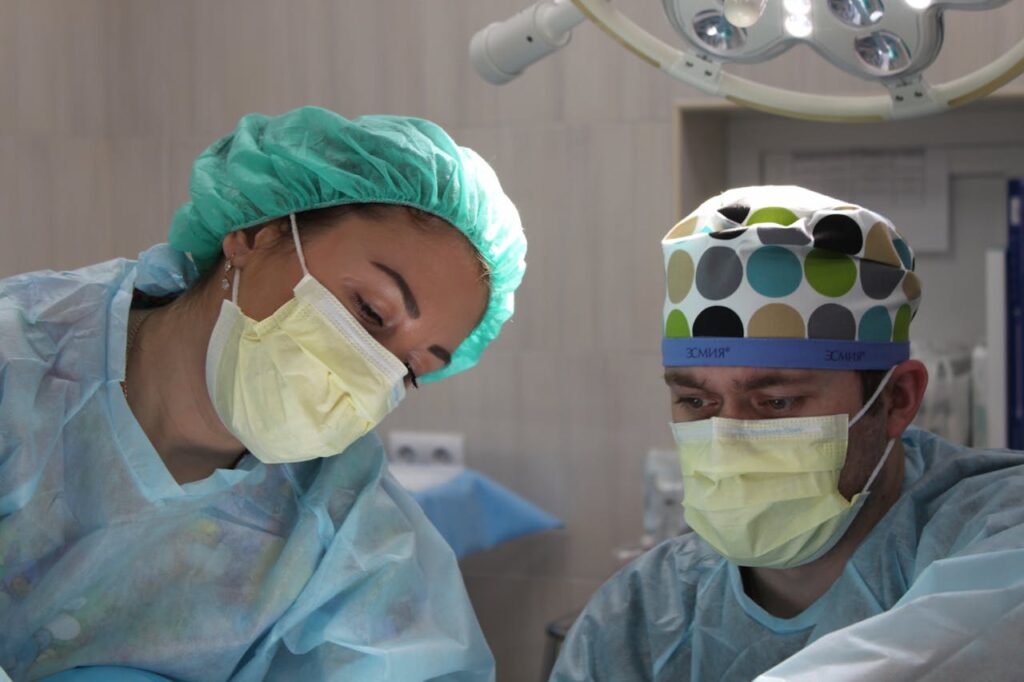
Blindness, in its various forms, represents not just the loss of sight but a significant barrier to independence and quality of life. Yet, in the modern landscape of ophthalmology, the irreversible is increasingly being reversed. The field has moved far beyond simple corrective procedures, embracing complex, highly specialized surgeries that target the most delicate structures of the eye and even leverage cutting-edge bioengineering and neuro-prosthetics. These advanced surgical interventions are offering a lifeline of light to millions suffering from conditions once considered untreatable.
1. The Delicate Art of Corneal Transplantation
The cornea, the transparent, dome-shaped outer layer of the eye, is responsible for focusing light. Damage from disease (like keratoconus or Fuchs’ dystrophy), infection, or trauma is a leading cause of reversible blindness worldwide. Replacing this structure is one of the oldest and most successful forms of tissue transplantation, but recent advances have dramatically increased its complexity and success rate.
Lamellar Keratoplasty: Targeted Replacement
Instead of replacing the entire cornea, modern techniques often target only the diseased layer, leading to quicker recovery and lower rejection risk. These procedures demand micro-precision and specialized surgical skills:
- Deep Anterior Lamellar Keratoplasty (DALK): This complex surgery replaces the anterior (front and middle) layers of the cornea while leaving the crucial, innermost endothelium layer intact. It is the gold standard for conditions like advanced keratoconus.
- Descemet’s Membrane Endothelial Keratoplasty (DMEK): Considered one of the most technically challenging eye surgeries, DMEK involves transplanting only the thinnest, innermost layer (the endothelium and Descemet’s membrane). This layer is responsible for keeping the cornea clear. The donor tissue is often less than 1/100th of a millimeter thick-a fragile, scroll-like sheet that must be carefully unrolled and positioned inside the eye using an air or gas bubble. The immense technical difficulty is justified by the rapid visual recovery and lowest known rate of rejection.
Keratoprosthesis: The Artificial Cornea
For patients whose previous donor transplants have failed or who suffer from severe inflammation, a conventional human donor cornea may not be an option. In these severe cases, an artificial cornea (Keratoprosthesis), such as the Boston Keratoprosthesis (KPro), is implanted. This involves a plastic optical cylinder connected to a permanent plastic back-plate, permanently replacing the damaged tissue. This surgery is highly complex due to the risk of long-term complications, demanding careful patient selection and expert long-term follow-up.
2. Retinal and Vitreous Surgeries: Precision in the Posterior Chamber
The retina, the light-sensitive tissue at the back of the eye, and the vitreous, the gel-like substance filling the eyeball, are involved in some of the most challenging vision-threatening conditions. Surgeries here require navigating a space smaller than a golf ball with movements measured in microns.
- Vitrectomy: This is a broad category of complex microsurgery involving the removal of the vitreous gel. It is performed to treat conditions like severe diabetic retinopathy (where blood and scar tissue cloud the vision), macular holes, and retinal detachments. The procedure requires specialized instruments that enter the eye through tiny, self-sealing incisions (often 25- or 27-gauge, thinner than a human hair) to cut and aspirate the vitreous, peel microscopic membranes from the retina’s surface, and apply laser or freezing treatment.
- Retinal Detachment Repair: When the retina pulls away from its underlying supportive tissue, it is a surgical emergency. Complex detachments often require a combination of vitrectomy, the injection of gas or silicone oil to hold the retina in place while it heals, and sometimes, a scleral buckle-a silicone band placed on the outside of the eye to permanently indent the eye wall. The combination of techniques in one surgery demonstrates the high-stakes, multi-step complexity required to re-establish blood supply and anatomical alignment.
3. The Bionic Leap: Retinal and Cortical Prosthetics
For patients suffering from blindness due to conditions that destroy the light-sensing cells (photoreceptors) but leave the deeper retinal layers and optic nerve intact (e.g., Retinitis Pigmentosa or some forms of Age-Related Macular Degeneration), the solution lies not in tissue replacement, but in technology. This involves highly specialized surgical implantation of electronic devices.
- Retinal Implants (The Bionic Eye): Devices like the Argus II or PRIMA system require the surgical implantation of a micro-electrode array directly onto or under the retina (epiretinal or subretinal). These implants work in tandem with an external camera mounted on glasses, which captures images and transmits electrical signals wirelessly to the array. The electrodes then stimulate the remaining healthy retinal cells, bypassing the damaged photoreceptors, and allowing the brain to perceive patterns of light. The surgery is complex, requiring secure placement and connection of the delicate electronics within the eye’s fragile structure.
- Visual Cortical Prostheses (Brain Implants): For individuals with profound blindness due to damaged optic nerves or end-stage ocular disease, researchers are developing systems that bypass the eye entirely. The Orion Visual Cortical Prosthesis System involves implanting an array of electrodes directly onto the visual cortex in the back of the brain. The external camera feeds images directly to the brain implant. This ground-breaking, highly complex neurosurgical procedure is currently in clinical trials and offers the promise of sight to those for whom all other ocular solutions have failed.
The Future Horizon: Stem Cells and Gene Therapy
While not strictly defined as traditional surgery, the delivery of gene therapy (such as Luxturna for Leber’s Congenital Amaurosis) and stem cell-based treatments involves micro-injection into the subretinal space, a procedure as precise and complex as any surgical intervention. These revolutionary treatments aim to address blindness at the molecular level, either by replacing defective genes or regenerating lost cells, offering the ultimate prospect of truly reversing the underlying cause of vision loss.
The complexity of modern eye surgery reflects the immense value placed on sight. These procedures are a testament to the confluence of bioengineering, micro-robotics, and surgical dexterity, transforming the prognosis for millions and gradually lifting the veil of darkness.